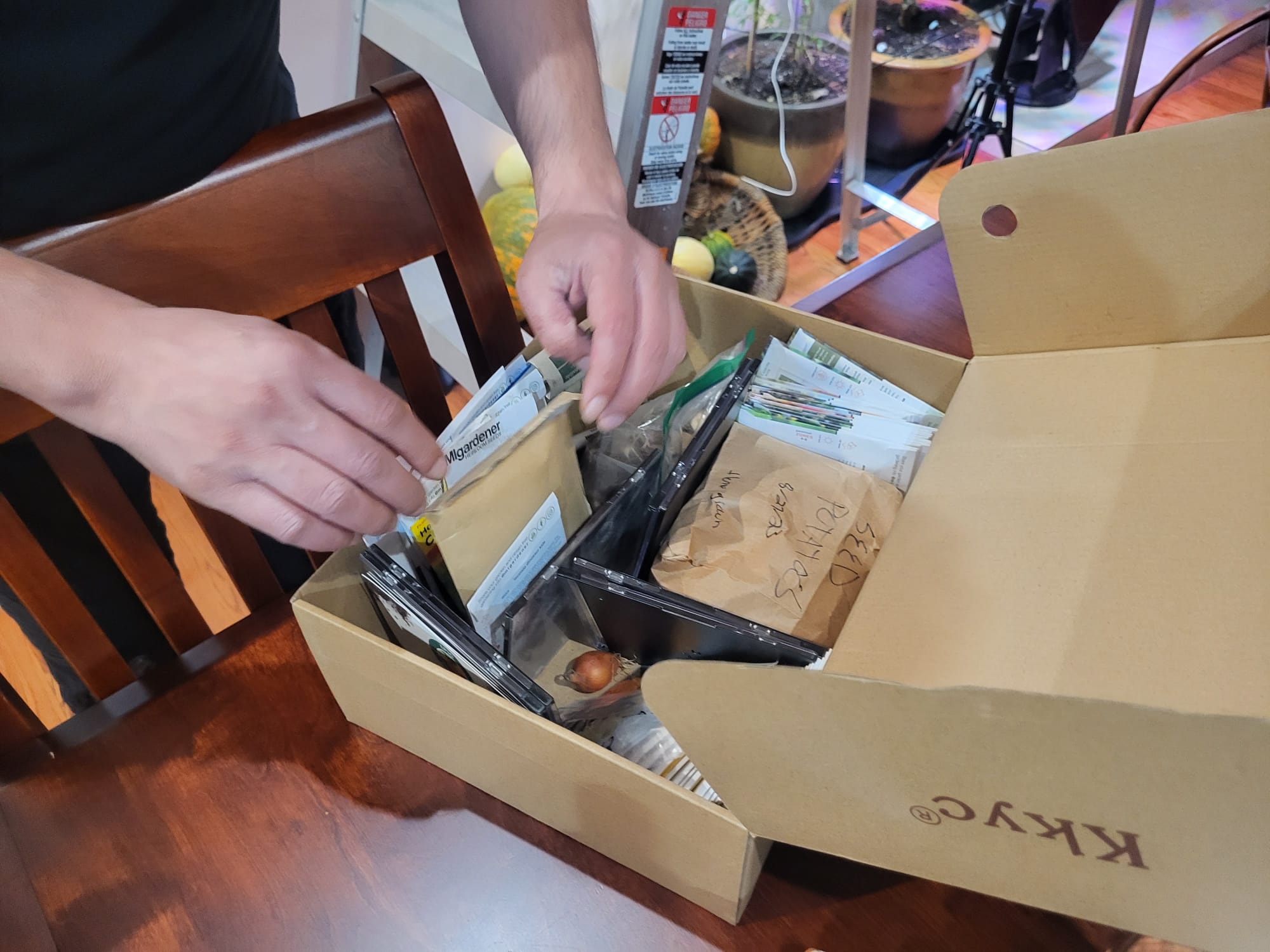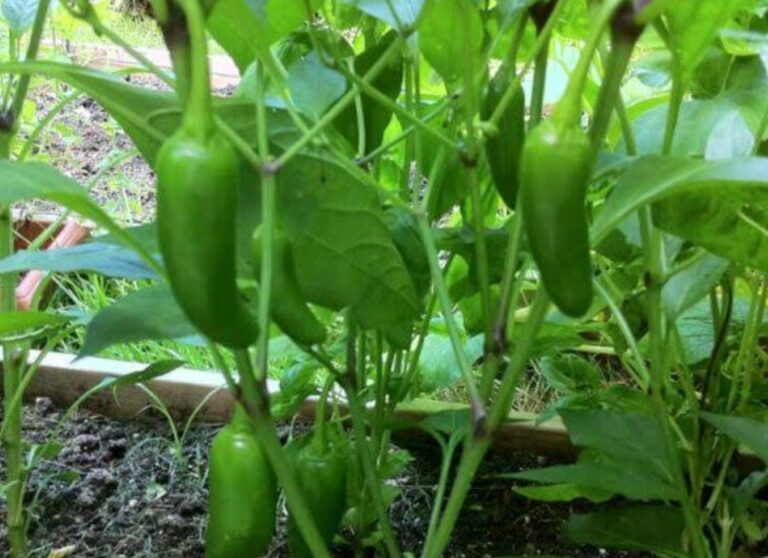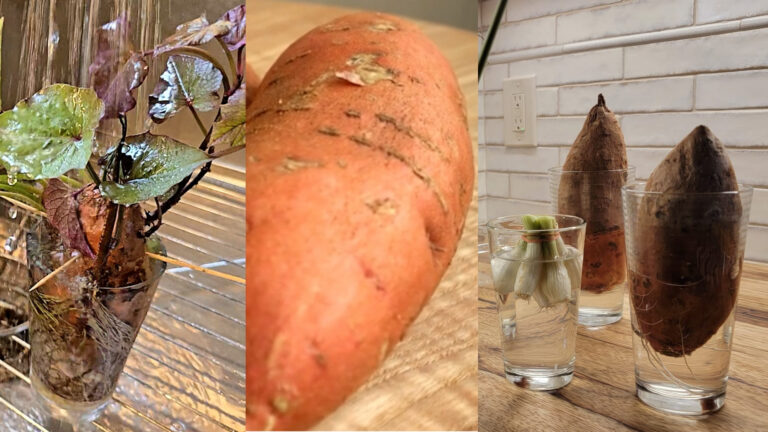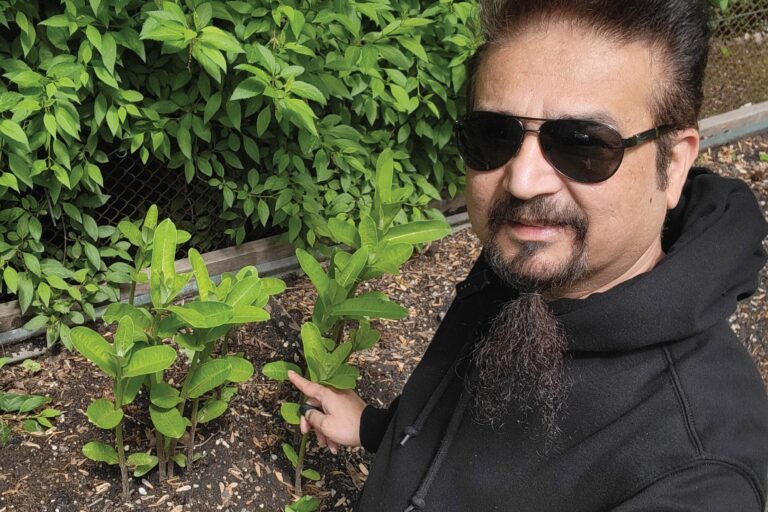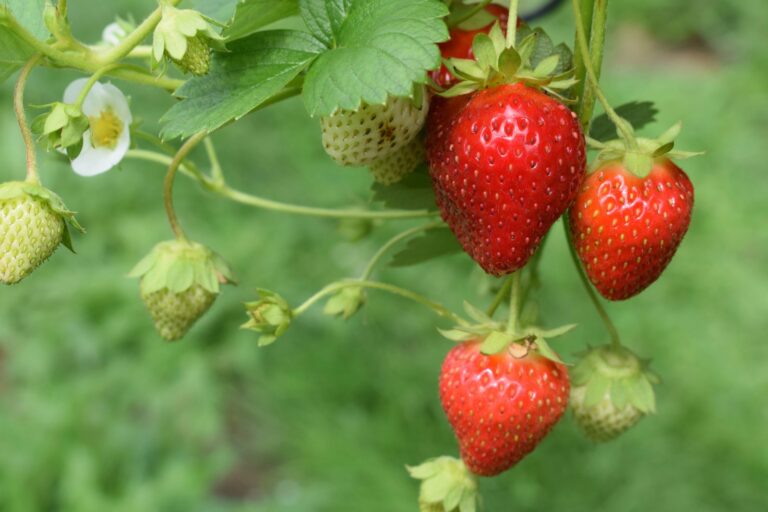Nurturing Nature: 7 Ultimate Seed Care and Planting Steps
Introduction
Nature-nurture the seed and do seed care itself, but basic precautionary measures indeed help the gardeners. As we all know seeds are little powerhouses of life, with the potential to sprout into robust plants. Whether you are an experienced gardener or a beginner with a green thumb, understanding the fundamentals of seed care is critical for effective germination and healthy plant growth.
Seed is a little yet powerful organism that contains the promise of life and prosperity. To maximize the potential of seeds, it is critical to master the art of seed care. This detailed guide will provide you with the knowledge and practices required to ensure optimal germination and growth of your green buddies. In this article, we will look at the most important parts of seed care, from choosing the appropriate seeds to creating ideal growing conditions. Seed’s protection has also been discussed in my previous blogs.
Essential steps for seed care
Choosing the Right Seed

Choosing high-quality seeds is the first step toward a successful seed care journey. Choose reliable vendors who offer a diverse choice of seeds, ensuring they are fresh, disease-free, and genetically viable. Make your choices based on your climate, as some plants may be better suited to particular conditions, soil conditions, and the goal of your garden, whether it is a thriving veggie patch or a brilliant flower bed.
Storage Wisdom
Proper seed storage is essential for preserving their life. Keep seeds in a cool, dry location to avoid moisture and temperature variations. Airtight containers or resealable bags can protect seeds from the elements, keeping them intact until you’re ready to sow. I use empty cardboard containers after sealing the bags, as demonstrated in my vlog.
Pre-Soaking and Scarification

Certain seeds have stiff coverings that prevent germination. To circumvent this barrier, consider pre-soaking or scarification. Pre-soaking is the process of allowing seeds to absorb water before sowing. This method works well with peas, beets, cucumbers, corn, squash, pumpkins, and beans. While scarification comprises lightly scraping or nicking the seed coat.
Tailor your technique to the precise requirements of your chosen seeds. Nasturtium (Tropaeolum), Lupine (Lupinus), Morning Glories (Ipomoea), and Sweet Peas (Lathyrus) all require scarification to germinate properly and fast. Seeds, like many living things, have evolved and adapted to thrive in different climates and environments. Again, the seeds stated above are only a few samples that may not work in your location, so making the appropriate pick is always important.

Germination Medium
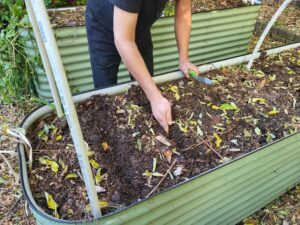
Choosing the appropriate germination media is critical for seed care. Invest in a high-quality seed-starting mix with an ideal balance of nutrients and excellent aeration. Avoid garden soil since it may contain pathogens and lack the conditions required for good seedling development. I have discussed it in one of my blogs named growing with seeds and roots.
Watering Strategies

Maintain accurate moisture conditions throughout the germination process. Maintain a steady moisture level in the germination medium, avoiding dry and waterlogged circumstances. Use a light mist or a gentle watering can to avoid seed displacement and soil compaction.
Light and Temperature Requirements
Seeds require varying amounts of light and warmth to germinate successfully. Some seeds prefer darkness, while others require light to begin the germination process. Similarly, every type of seed has a suggested temperature range. Conduct extensive research to personalize your care to the unique requirements of your chosen seeds.
Transplanting and Ongoing Care

As your seedlings grow, consider moving them to larger containers or directly into the garden. To avoid damaging the fragile roots, handle them carefully. As your plants mature, make sure they have enough space, water, and nutrients. There is a detailed video on my channel, titled Bob’s Mastery in this regard.
Conclusion
Caring for seeds is both pleasant and necessary for successful planting. Understanding the various demands of different seeds and providing the proper circumstances for germination and growth will help you create a plentiful and thriving garden. Whether you’re growing veggies, flowers, or herbs, paying attention to seed care can help nurture nature’s wonders.

